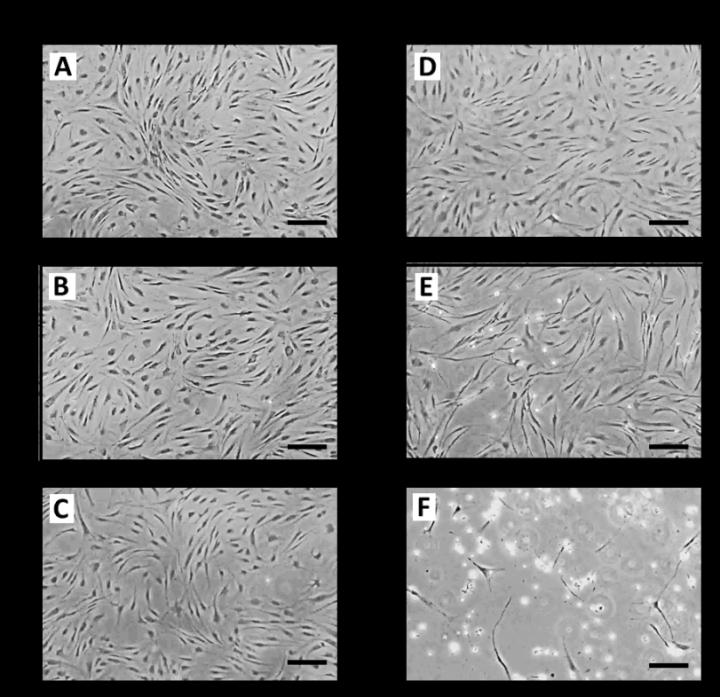
A and D: control human cells (fibroblasts) cultured for ten days in the presence (A) or absence (D) of glucose, with glutamine being the only source of carbon in this…
view more
Mitochondria are organelles that are present in eukaryotic cells. They contain respiratory chains that are crucial for the survival of organisms. Without mitochondria, it would be impossible, in the presence of oxygen, to extract the energy contained in nutrients in order for cells to function. In human beings, the dysfunction of a key enzyme in the respiratory chain, succinate dehydrogenase (SDH), is associated with serious illnesses. Numerous pesticides used in agricultural plots or athletic fields act by blocking the SDH activity of parasitic fungi, thereby preventing their development. These compounds, which are SDH inhibitors, are known as SDHI. French scientists* have just revealed that eight SDHI pesticide molecules sold in France do not just inhibit the SDH activity of fungi, but can also block that of earthworms, bees, and human cells in varying proportions. The research team led by Pierre Rustin, Senior Researchers Emeritus at the CNRS, showed that the SDH of 22 different species is highly similar, especially in areas targeted by SDHIs. Finally, researchers demonstrated that the conditions of current regulatory tests for toxicity mask a very important effect that SDHIs have on human cells: the pesticides induce oxidative stress in cells, leading to their death. This study was published in the journal PLOS ONE on 7 November 2019.
###
*- Scientists from the CNRS, Inserm, Inra, Université de Paris, Université Toulouse III – Paul Sabatier, and the Assistance publique – Hôpitaux de Paris took part in this study.
Media Contact
Francois Maginiot
[email protected]
33-144-964-309
Related Journal Article
http://dx.




